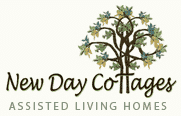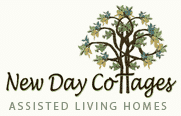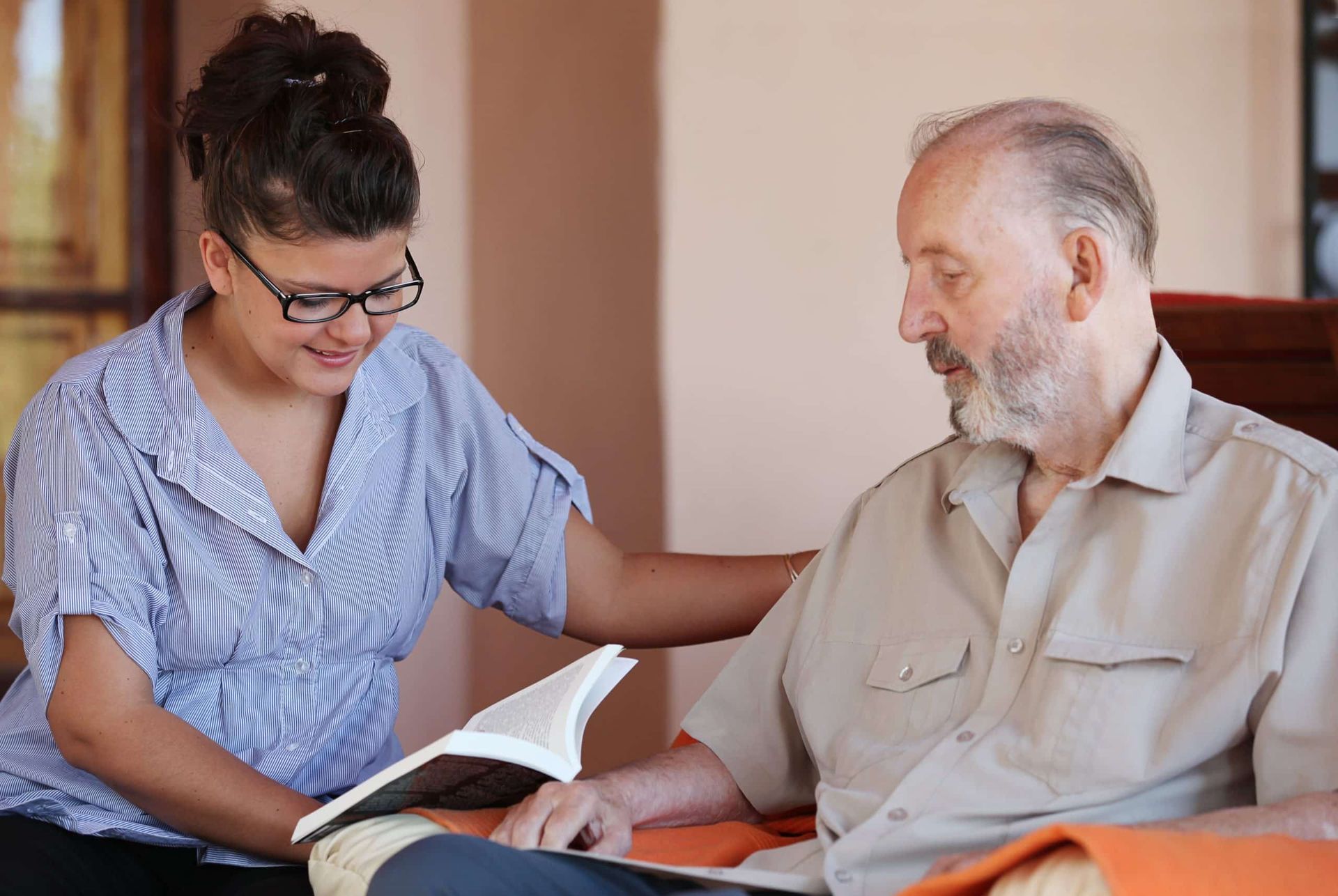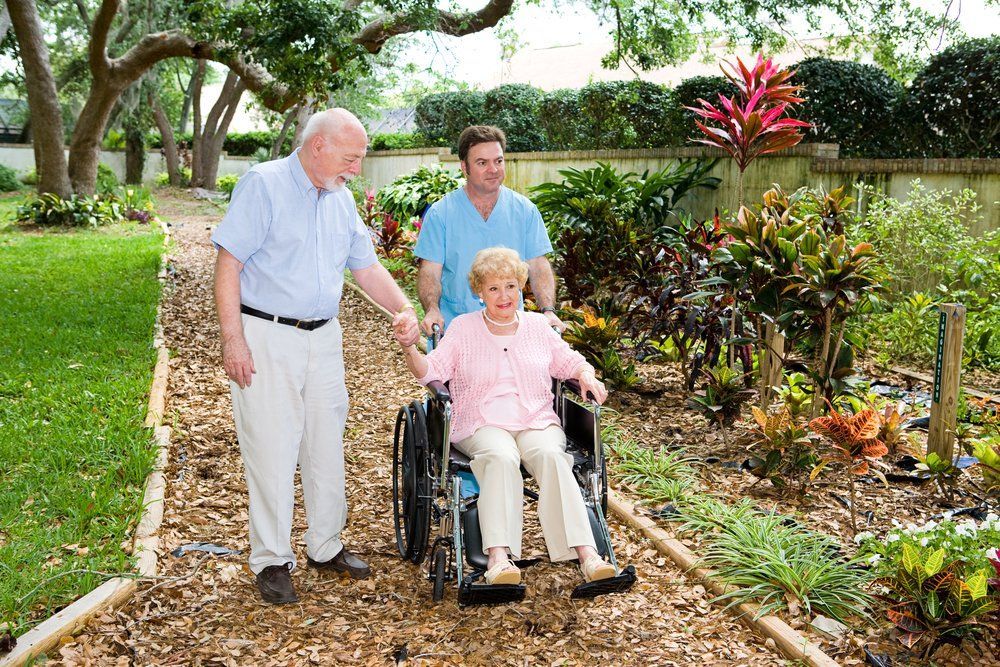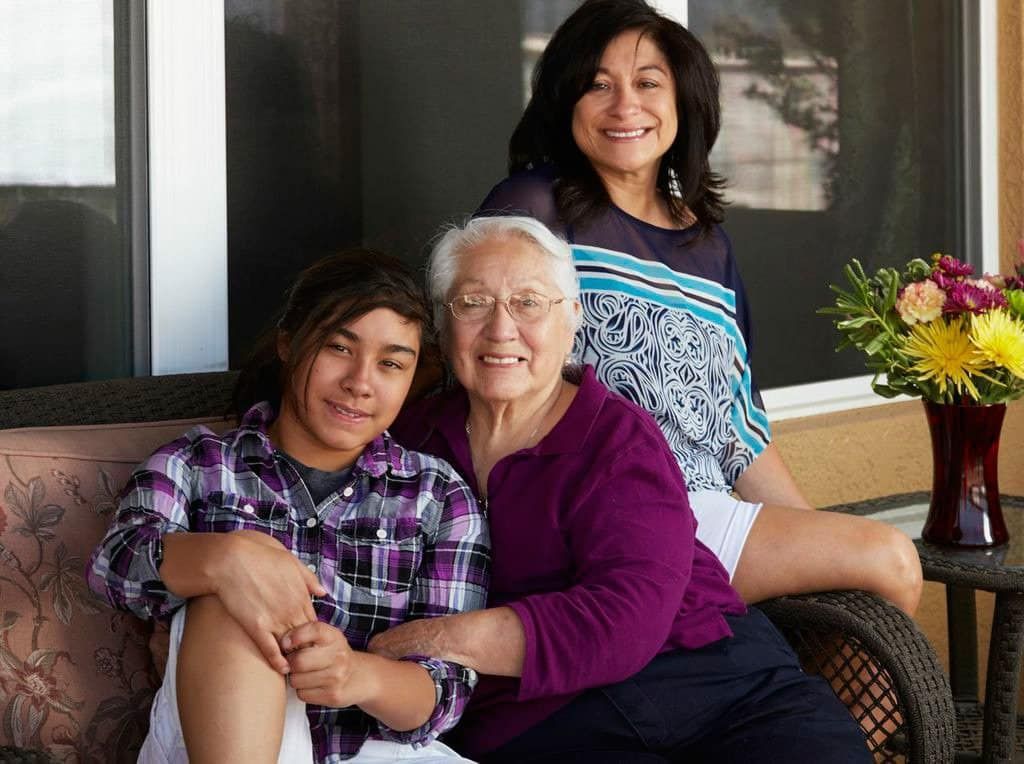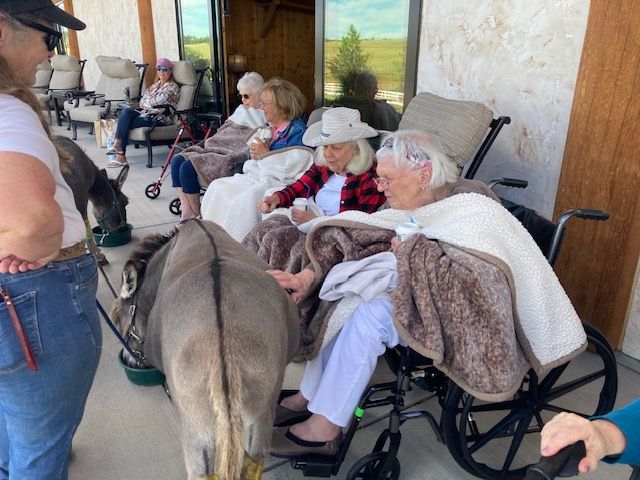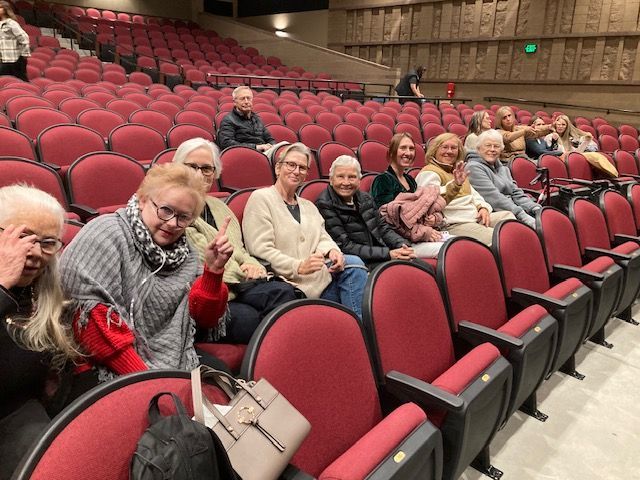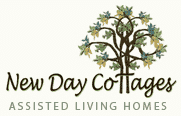Welcome to New Day Cottages
Your Home for Compassionate
Assisted Living in Colorado Springs
Personalized CarE
Trained staff provide personal, dignified care.
Homelike Atmosphere
Cozy, safe homes with a warm, social environment.
Engaging Activities
Group fun, outings, and shared, home-cooked meals.

Care in a homelike atmosphere
At New Day Cottages, we understand that choosing the right assisted living community is a significant decision. Nestled in the heart of Northern Colorado Springs, our two family-style residences offer a warm and inviting environment that feels just like home. Serving the Colorado Springs community for sixteen years.
Why Choose New Day Cottages?
Personalized Care
With a limited number of residents, ranging from 11 to 16, our compassionate, trained staff can provide individualized attention, ensuring each resident's unique needs are met promptly and with dignity.
Homelike Atmosphere
Our ranch-style homes are thoughtfully designed on a single level, promoting safety and ease of movement. Spacious common areas encourage daily interactions, fostering a close-knit community where friendships flourish.
Engaging Activities
Residents enjoy a variety of group activities and outings, combating loneliness and enhancing quality of life. Our family-style dining room serves as the heart of our community, where residents share nutritious, home-cooked meals and meaningful conversations.
Our Locations
Pine Creek Home at Howells Road
A newly constructed residential senior care home offering stunning views of Pikes Peak and easy access to local amenities.
Turner Home on Turner Road
A cozy residential senior care home situated in the serene Briargate neighborhood, providing a peaceful and supportive environment.
FAQ & Resources at New Day Cottages
What is assisted living?
Assisted living facilities combine housing and general support services for individuals who cannot live alone but do not need skilled nursing care. Most assisted living facilities provide shelter, meals, snacks, laundry services, housekeeping, 24-hour staff availability, activities, and medication administration by certified staff. Optional services may include transportation, bathing, dressing, and special diets.
Some assisted living facilities will offer respite care, which is short-term care, while a family caregiver tends to other needs. Examples of assisted living facilities include private homes that have been remodeled to accommodate five or six people, senior high-rise buildings with assisted units providing special services, and particular wings in nursing homes or medium-sized facilities just for assisted care. The unit may be a private or shared apartment, a private room, or a shared room. Areas such as the dining room and living room are shared with others.
Many assisted living facilities accept residents who are in the early stages of Alzheimer’s disease or dementia. Facilities providing a “Secured Dementia Unit” offer a secure environment for residents at risk of wandering or elopement or may demonstrate challenging behaviors. Individuals suitable for assisted living usually have experienced some functional (physical) or cognitive (memory) impairments. They may no longer be able to shop or cook independently but have no problems eating. While bathing, they may need someone close to help or ensure their safety. They may be able to dress themselves but need reminders about when and what to wear. They cannot run a household alone but will do a lot for themselves if someone else runs the day-to-day business of a home. They may be alone at home the majority of the time and suffer from depression due to loneliness. Each facility will determine which applicants are appropriate for that residence.
Who lives in assisted living homes?
More than half of all residents are age 85 or older, and nearly 40 percent of residents require assistance with three or more activities of daily living. The median stay in assisted living is 22 months, and most residents are female.
What are the typical services of an assisted living community?
Assisted living communities provide more personal care than independent living retirement communities. Assisted living communities offer a less-expensive residential approach to delivering many of the same services available in skilled nursing, either by employing personal care staff or contracting with home health agencies and other outside professionals. Amenities in assisted living typically include:
- Three meals a day served in a common dining area
- Housekeeping services
- Transportation provided or arranged
- 24-hour security
- Exercise and wellness programs
- Personal laundry services
- Social and recreational activities
Personal care in assisted living may include:
- Staff available to respond to both scheduled and unscheduled needs
- Assistance with eating, bathing, dressing, toileting and walking
- Access to health and medical services, such as physical therapy and hospice
- Emergency call systems for each resident’s apartment
- Medication management
- Care for residents with cognitive impairments
Our Commitment
At New Day Cottages, we believe in the importance of being part of a close-knit family. Our approach to senior living reflects that belief, offering a distinctive alternative to larger facilities. We invite you to tour our facilities and experience the unique family-style approach we offer. We are confident that you’ll see why we are the right choice for your loved one once you visit.
Turner Road Location:
(719) 338-3562
Contact Us Today
We invite you to visit and experience the New Day Cottages difference. Schedule a tour or contact us for more information:
Pine Creek Home at Howells Road and Turner Home on Turner Road Locations:
(719) 266-1100
Discover a place where your loved ones are treated like family, and every day is a new opportunity for joy and connection.
Testimonials
⭐⭐⭐⭐⭐

